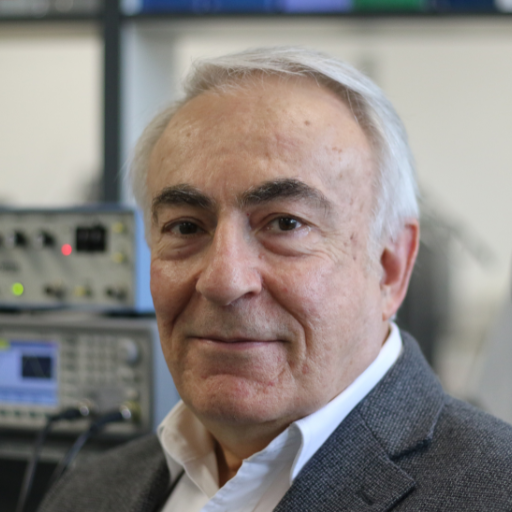Microglia, CX3CR1, and Alzheimer's Disease Pathogenesis

About the Research Project
Program
Award Type
Standard
Award Amount
$400,000
Active Dates
April 01, 2007 - March 31, 2011
Grant ID
A2007010
Goals
The focus of the current proposal is to determine the role of CX3CR1 plays in activation of the immune system, neuronal cell death and Aß deposition in two different mouse models of AD as well as to gain insight into the mechanisms involved. The long-term goal of this project is to gain insight into the role inflammation play in AD and thus provide potential new avenues of therapeutic intervention.
Summary
Alzheimer’s disease (AD), the most common dementing disorder of late life, is now the fourth major cause of death in the developed world. A definitive diagnosis of AD requires examination of brain tissue for the presence of distinctive AD pathological alterations including filamentous inclusions (termed neurofibrillary tangles) and extracellular deposits of the ß-amyloid peptide (Aß, termed senile plaques). In addition, while there is considerable data that suggests there is a marked activation of the immune system within the AD brain, there is little evidence that altered inflammation plays a direct role in the observed neurodegeneration. It was recently demonstrated that alterations in inflammation within the brain, through genetically engineered mutations in the chemokine receptor, CX3CR1, can directly result in increased neuronal cell loss in three different mouse models of neurodegeneration. The focus of the current proposal is to determine the role of CX3CR1 plays in activation of the immune system, neuronal cell death and Aß deposition in two different mouse models of AD as well as to gain insight into the mechanisms involved. The long-term goal of this project is to gain insight into the role inflammation play in AD and thus provide potential new avenues of therapeutic intervention.
Progress Updates
Dr. Bruce Lamb and colleagues examined the roles played by a protein, called CX3CR1, in two mouse models of Alzheimer’s disease. Specifically, the researchers looked at whether CX3CR1: 1) activates microglia (a type of immune cell); 2) interferes with nerve cell function or promotes death; and/or 3) plays a part in beta-amyloid protein deposits or disease-associated changes to tau protein. These researchers discovered that CX3CR1 deficiency leads to reduced beta-amyloid deposits and an activation of microglia. It was determined that removing CX3CR1from microglia increased the removal of Aß. In addition, these researchers observed that CX3CR1 deficiency leads to disease-associated changes to tau protein. Taken together, these results suggest that CX3CR1 may be a potential therapeutic target for Alzheimer’s disease.
Grantee institution at the time of award: The Cleveland Clinic Foundation
Related Grants
Alzheimer's Disease Research
Monitoring Neural Activity and Neuroinflammation in Alzheimer’s Disease
Active Dates
July 01, 2025 - June 30, 2028

Principal Investigator
Feng Tian, PhD
Current Organization
Beth Israel Deaconess Medical Center
Monitoring Neural Activity and Neuroinflammation in Alzheimer’s Disease
Active Dates
July 01, 2025 - June 30, 2028

Principal Investigator
Feng Tian, PhD
Current Organization
Beth Israel Deaconess Medical Center
Alzheimer's Disease Research
Using Ultrasound to Help the Brain’s Defenses in Alzheimer’s Disease
Active Dates
July 01, 2025 - June 30, 2028

Principal Investigator
Nader Saffari, PhD
Current Organization
University College London
Using Ultrasound to Help the Brain’s Defenses in Alzheimer’s Disease
Active Dates
July 01, 2025 - June 30, 2028

Principal Investigator
Nader Saffari, PhD
Current Organization
University College London
Alzheimer's Disease Research
Understanding the Role of a Suppressed Immune System in Frontotemporal Dementia
Active Dates
July 01, 2025 - June 30, 2028

Principal Investigator
Rebecca Wallings, DPhil
Current Organization
Indiana University
Understanding the Role of a Suppressed Immune System in Frontotemporal Dementia
Active Dates
July 01, 2025 - June 30, 2028

Principal Investigator
Rebecca Wallings, DPhil
Current Organization
Indiana University


